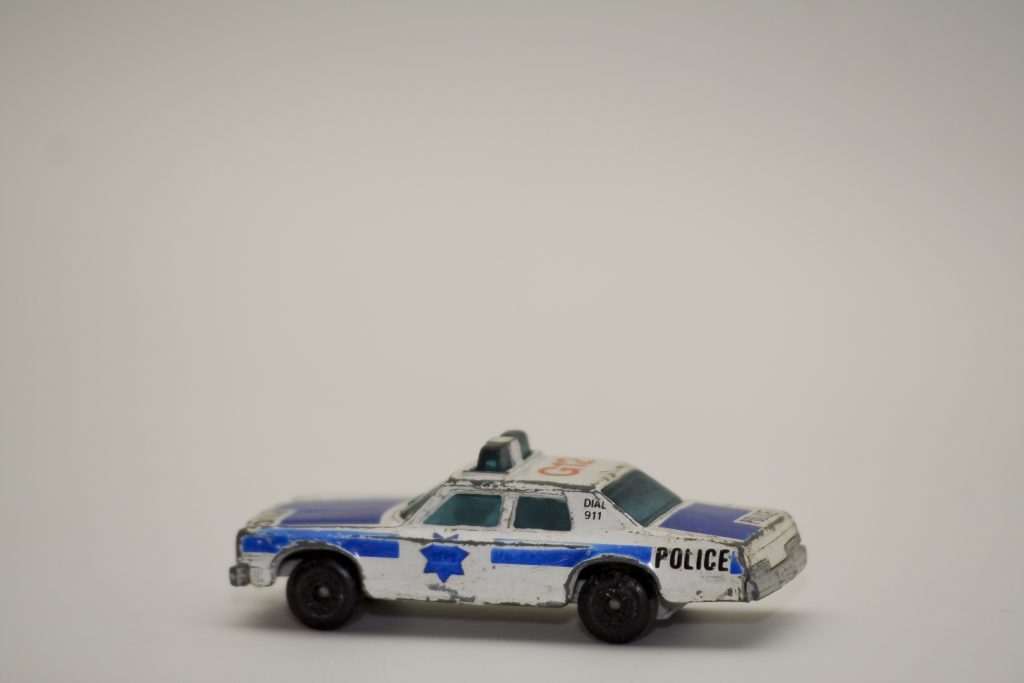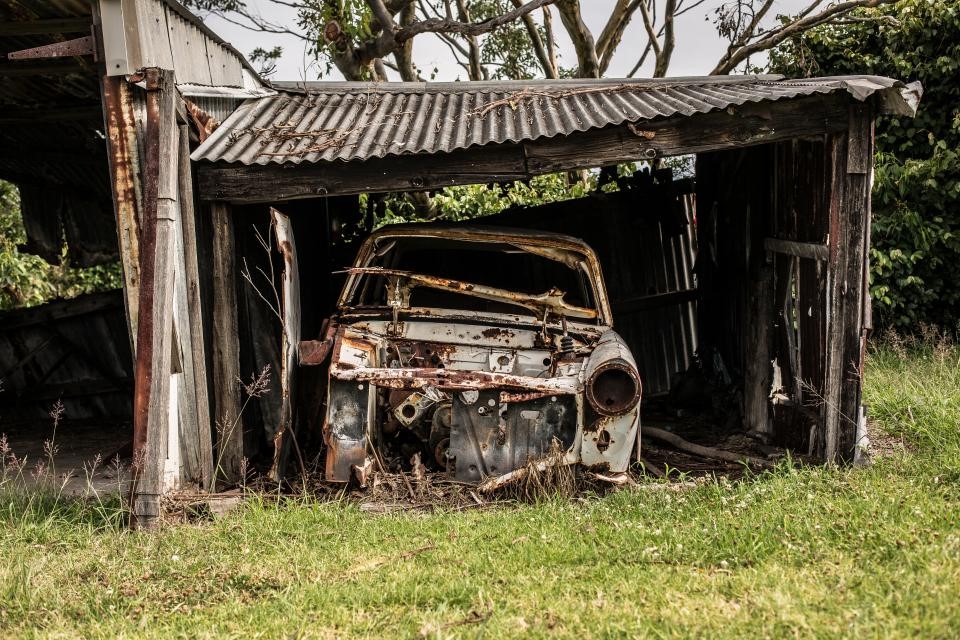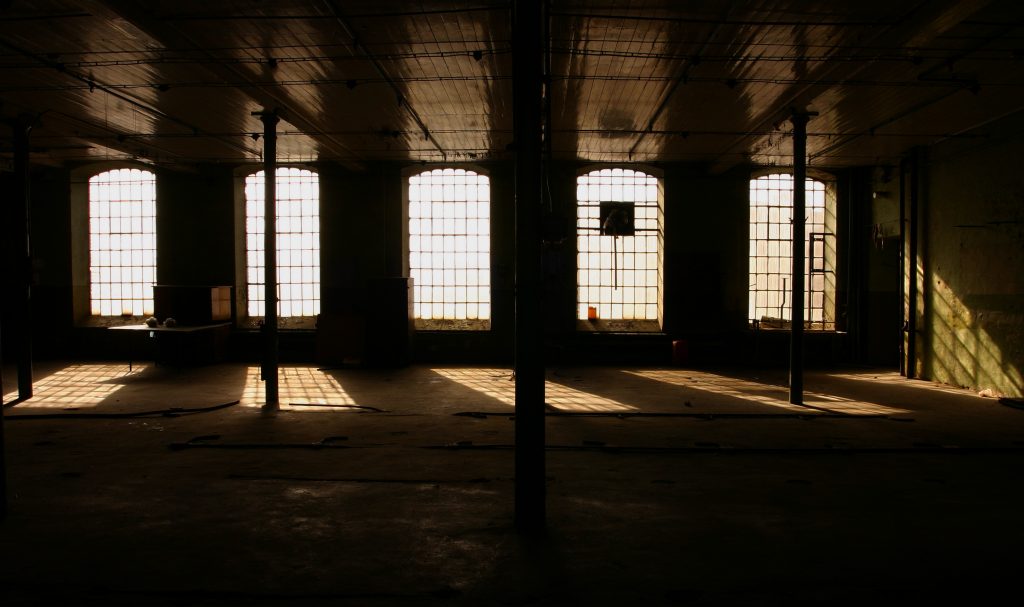
Qualified immunity is a concept that is designed to protect civil servants from lawsuits for their official actions. The “qualification” means that immunity does not operate for actions that are unlawful or that show extreme incompetence. Generally, under Louisiana law, law enforcement officers are entitled to immunity so long as their actions do not violate statutes or infringe on others’ constitutional rights. Negligence alone is not sufficient to limit immunity. An officer maintain qualified immunity up to the point of “going too far,” which is what happened during an incident at a Lafayette apartment in December, 2011. On that evening, Quamaine Mason stopped by his girlfriend’s apartment to pick up his dog when he saw the father of his girlfriend’s child and another man in the apartment with her. Mr. Mason proceeded to bang on the door until his girlfriend opened it. He threatened both men with his gun and they left the apartment. One of the men called the police, claiming Mr. Mason broke into the apartment with the intention of stealing the dog. Officer Martin Faul of the Lafayette Police Department arrived on the scene. When Officer Faul ordered Mr. Mason to put his hands up, the action revealed that Mr. Mason was carrying a firearm. Ultimately, Officer Faul fatally shot Mr. Mason seven times.
Witness testimony at trial differed. Officer Faul testified that Mr. Mason was going to pull his gun, leading him to shoot Mr. Mason first. Mason’s girlfriend, however, testified that Mason was lying on the ground barely moving with his hands by his sides when at least two of Officer Faul’s shots were fired. Mr. Mason’s parents (the “Masons”), both individually and on behalf of their son, brought multiple claims against the officers involved and the police department.
The Masons’ claims were based on 42 U.S.C. § 1983, alleging that Officer Faul violated the US Constitution. First, his use of excessive force violated Mr. Mason’s Fourth Amendment rights; next, Officer Faul deprived Mason of substantive due process under the 14th Amendment by engaging in actions that “shock the conscience”; finally, Officer Faul violated Mason’s Eighth Amendment rights by acting with deliberate indifference to his medical needs after the shooting. The Masons also brought civil claims against the City of Lafayette. Officer Faul asserted the affirmative defense of qualified immunity, and the defendants’ motion for summary judgment was granted by the trial court. The Masons appealed to the U.S. Fifth Circuit Court of Appeals.
 Louisiana Personal Injury Lawyer Blog
Louisiana Personal Injury Lawyer Blog


 In Louisiana, determining the allocation of fault is an important part of lawsuits because it directly impacts the damages you can be awarded. If you are found 40% at fault, then you will only be able to collect damages for 60% of total damages.
In Louisiana, determining the allocation of fault is an important part of lawsuits because it directly impacts the damages you can be awarded. If you are found 40% at fault, then you will only be able to collect damages for 60% of total damages.  Imagine going to get a massage and leaving with an injury that forever altered your life. After such an injury, it is difficult to put a dollar value on these injuries. The following lawsuit discusses the types of damages that can be sought by a Plaintiff who believes that they have been injured by a massage gone wrong.
Imagine going to get a massage and leaving with an injury that forever altered your life. After such an injury, it is difficult to put a dollar value on these injuries. The following lawsuit discusses the types of damages that can be sought by a Plaintiff who believes that they have been injured by a massage gone wrong. Entrusting a child to the care of a school bus requires a certain amount of faith that they will arrive at the correct destination, safely. For any parent or guardian this evokes a certain amount of anxiety. For a parent with a special needs child, this act of faith likely garners even greater angst. Unfortunately, one Lafourche Parish parent’s fears materialized when her special needs son was struck by a car at his bus stop one afternoon. Whether the Lafourche Parish School Board (“LPSB”) could be held responsible became an issue for a jury in this recent lawsuit.
Entrusting a child to the care of a school bus requires a certain amount of faith that they will arrive at the correct destination, safely. For any parent or guardian this evokes a certain amount of anxiety. For a parent with a special needs child, this act of faith likely garners even greater angst. Unfortunately, one Lafourche Parish parent’s fears materialized when her special needs son was struck by a car at his bus stop one afternoon. Whether the Lafourche Parish School Board (“LPSB”) could be held responsible became an issue for a jury in this recent lawsuit.  For a negligence lawsuit to have any chance of survival, an essential element is to show the plaintiff had damages. Often these damages are obvious physical injuries. Sometimes however, damages claimed are for emotional distress. Due to its intangible nature, emotional distress can be extremely difficult to prove and a lawsuit for such damages can be equally difficult to maintain. In a recent case out of the Parish of Lafayette, a Louisiana man failed to prove all the necessary elements to sustain his emotional distress lawsuit despite the lawsuit centering on a helicopter crash.
For a negligence lawsuit to have any chance of survival, an essential element is to show the plaintiff had damages. Often these damages are obvious physical injuries. Sometimes however, damages claimed are for emotional distress. Due to its intangible nature, emotional distress can be extremely difficult to prove and a lawsuit for such damages can be equally difficult to maintain. In a recent case out of the Parish of Lafayette, a Louisiana man failed to prove all the necessary elements to sustain his emotional distress lawsuit despite the lawsuit centering on a helicopter crash.  Car accidents can have long-lasting effects that are not immediately apparent at the time of the accident. Victims may initially report that they do not suffer from pain, only to be struck with it days, weeks, or even months later. This pain can have debilitating effects on one’s current and future career, as well as on one’s mental well-being and relationships with others. If a victim is not careful with the doctor he or she chooses or the actions he or she takes, a jury may dispute the damages (money) a victim may be entitled to. If a personal injury case makes it to court, it is best to reach the ideal verdict at the trial court level, rather than at the appeals level. The following case illustrate this.
Car accidents can have long-lasting effects that are not immediately apparent at the time of the accident. Victims may initially report that they do not suffer from pain, only to be struck with it days, weeks, or even months later. This pain can have debilitating effects on one’s current and future career, as well as on one’s mental well-being and relationships with others. If a victim is not careful with the doctor he or she chooses or the actions he or she takes, a jury may dispute the damages (money) a victim may be entitled to. If a personal injury case makes it to court, it is best to reach the ideal verdict at the trial court level, rather than at the appeals level. The following case illustrate this. Life deals some people a tough hand. For Geneva Fils, a Louisiana infant in the foster care system, a car crash and severe injuries followed by a lengthy lawsuit added to her list of problems.
Life deals some people a tough hand. For Geneva Fils, a Louisiana infant in the foster care system, a car crash and severe injuries followed by a lengthy lawsuit added to her list of problems.  Generally, individuals expect that when on the premises of a public entity, the land has been safely maintained and there is a low risk of becoming injured. If an individual did become injured, he or she would expect to be reasonably compensated for any injuries. However, in Louisiana, premises liability law differs from the law that is applied when suing a private landowner. As this case shows, establishing that a defect causes an unreasonable risk of harm is a difficult obstacle to overcome when suing a public entity and can leave injured parties with no compensation for their injuries.
Generally, individuals expect that when on the premises of a public entity, the land has been safely maintained and there is a low risk of becoming injured. If an individual did become injured, he or she would expect to be reasonably compensated for any injuries. However, in Louisiana, premises liability law differs from the law that is applied when suing a private landowner. As this case shows, establishing that a defect causes an unreasonable risk of harm is a difficult obstacle to overcome when suing a public entity and can leave injured parties with no compensation for their injuries. Most customers do not expect to be hurt by store merchandise when they go shopping. Yet, each year dozens of individuals are injured due to “falling merchandise.” The following Louisiana First Circuit Court of Appeal (“the Court”) case is a perfect example of what happens when an individual seeks legal action for being injured by a store’s falling merchandise.
Most customers do not expect to be hurt by store merchandise when they go shopping. Yet, each year dozens of individuals are injured due to “falling merchandise.” The following Louisiana First Circuit Court of Appeal (“the Court”) case is a perfect example of what happens when an individual seeks legal action for being injured by a store’s falling merchandise. For a plaintiff to prove a negligence case, he or she must prove, among other things, that the defendant owed a legal duty to the plaintiff. See
For a plaintiff to prove a negligence case, he or she must prove, among other things, that the defendant owed a legal duty to the plaintiff. See